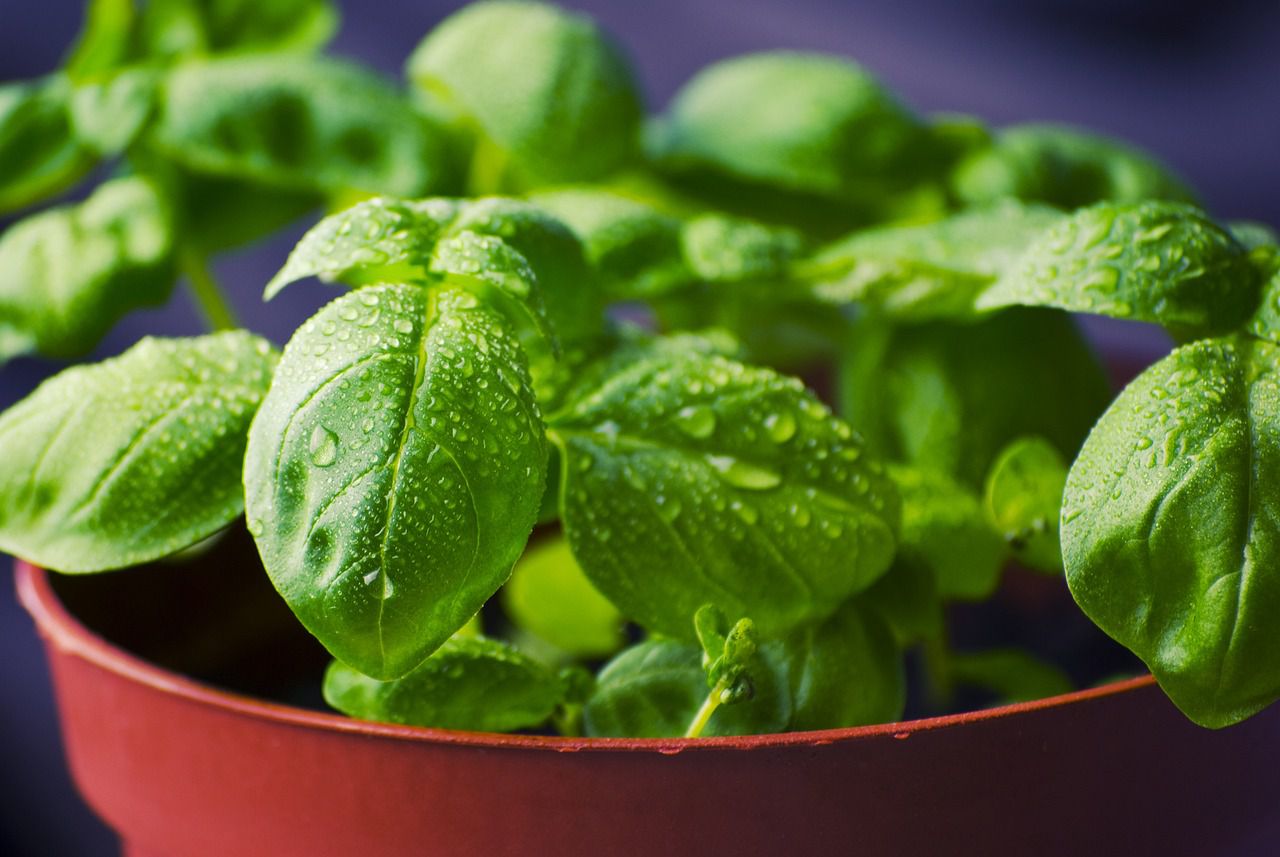Fresh herbs can add lots of flavor to your dish, and most of it hides in its juice.
When you cut your herbs, you can accidentally release too much juice and leave it on your cutting board, so your dish receives fewer flavors.
Here's how you can save the most juice.
Use sharp scissors or a sharp knife
A sharp cutting tool will make clean cuts, reducing the chances of bruising or crushing the herbs, which can lead to juice loss.
Cut just before using
To preserve the maximum amount of juices, it's best to cut the herbs just before you plan to use them.

Choose the right cutting technique
The cutting technique can affect the amount of juice lost.
For most leafy herbs like basil, mint, or parsley, a chiffonade technique works well.
Stack the leaves, roll them tightly, and make thin, even slices.
This minimizes damage to the herb cells and helps retain their juices.
For more delicate herbs like cilantro or dill, it's best to use a gentle chopping motion rather than vigorous chopping or crushing.
Avoid crushing or bruising
Crushing or bruising the herbs can cause them to release more juice.
Instead of pressing down forcefully, use a slicing or chopping motion to cut through the herbs.
Handle the herbs gently
When handling fresh herbs, be gentle to avoid damaging the delicate cells that hold the juices.
Rough handling can lead to unnecessary juice loss, so take care when washing, drying, and cutting the herbs.












